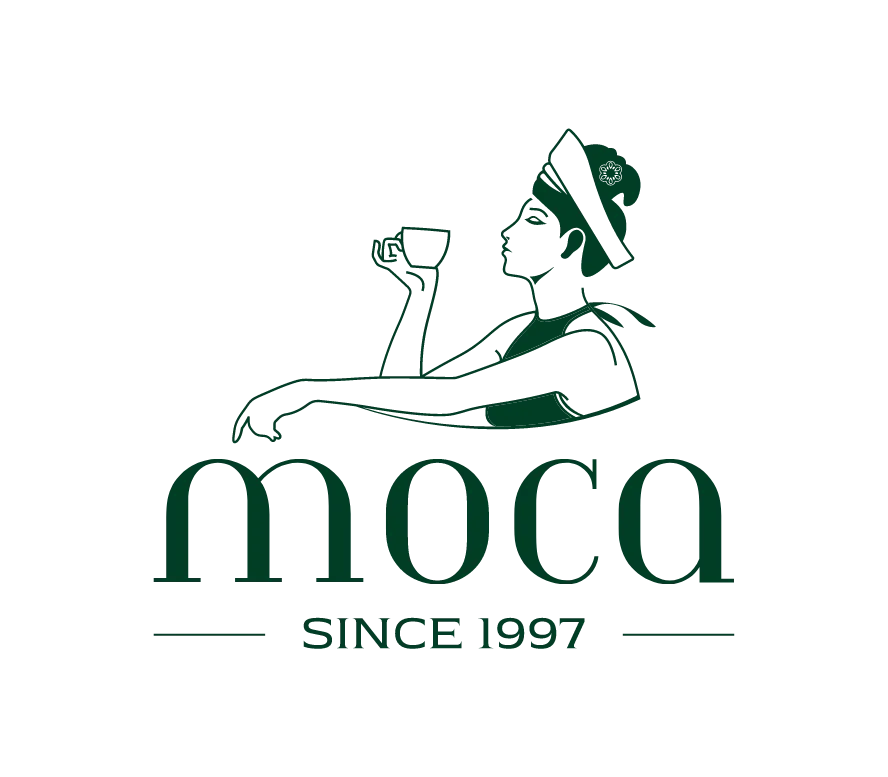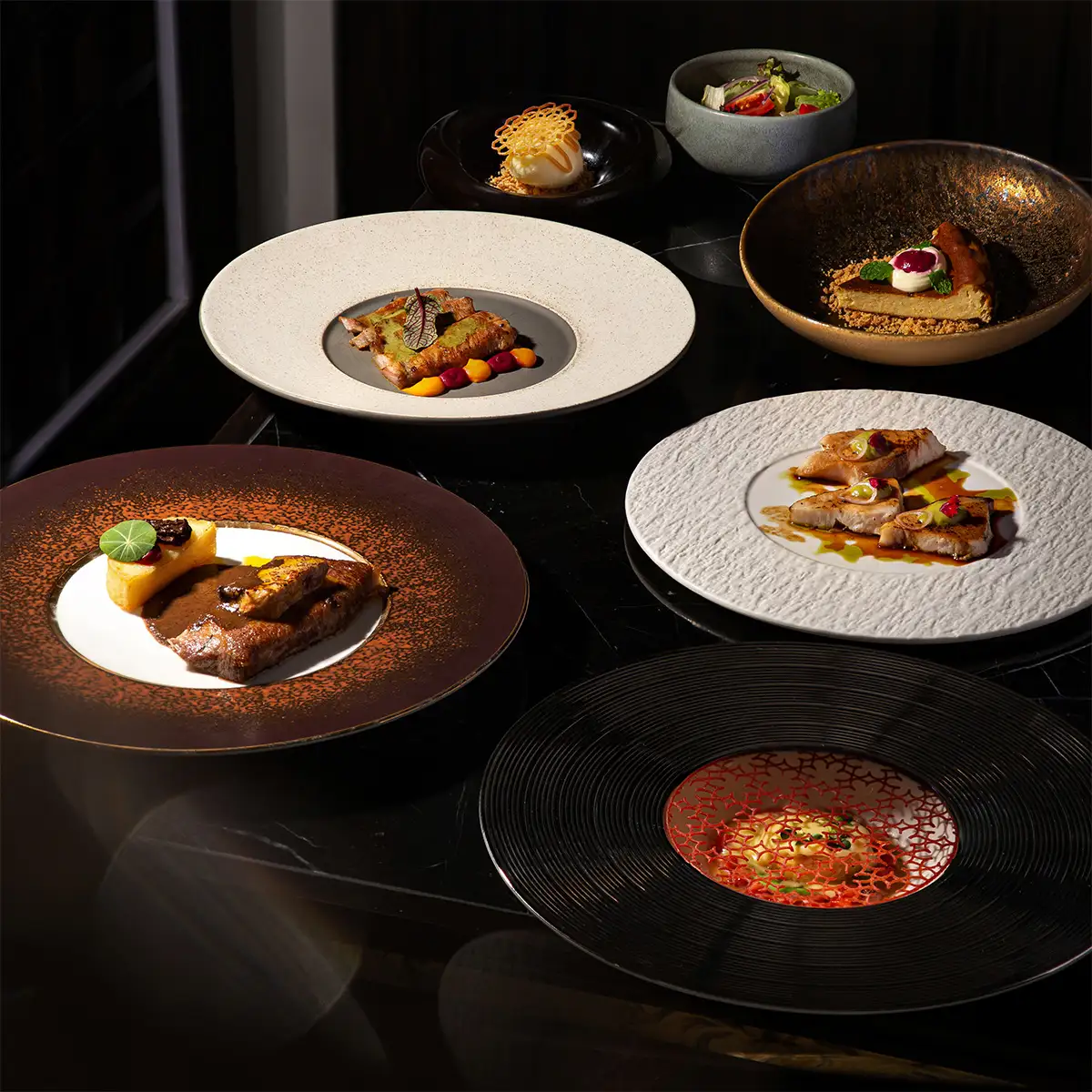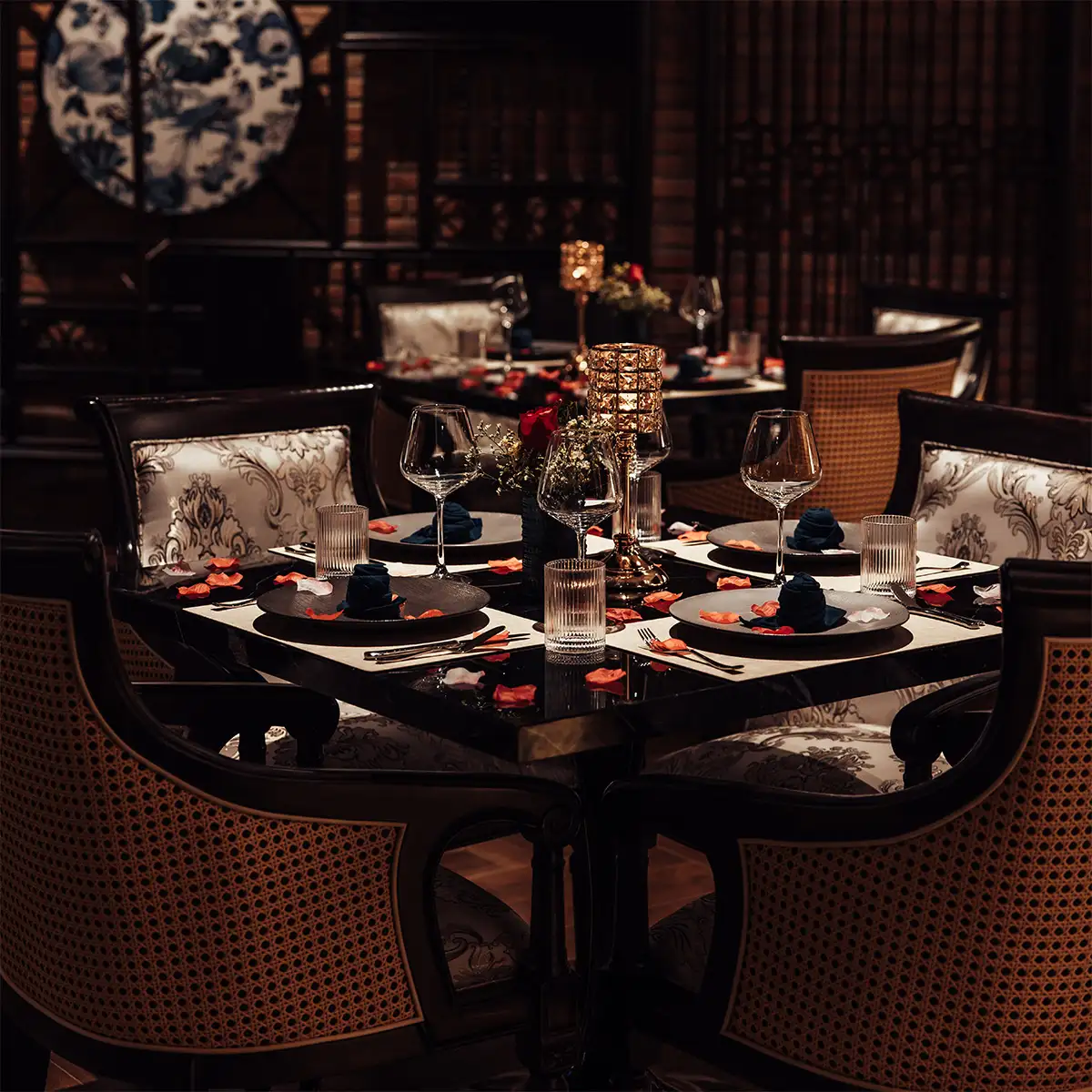The Michelin Guide holds an unparalleled position of influence and prestige in the culinary world. Its restaurant reviews are coveted accolades, capable of transforming a restaurant's fortunes overnight. Yet, the Michelin review process remains shrouded in mystery, fueling endless speculation and intrigue among chefs, restaurateurs, and diners alike. This article aims to demystify Michelin restaurant reviews, providing a clear and concise understanding of their key elements, their profound impact on the culinary landscape, and the criteria that underpin their rigorous assessments. We will delve into what makes a Michelin star so desirable and explore the world of Michelin Guide reviews.
1. The purpose and scope of a michelin review
At their core, Michelin restaurant reviews serve as a curated guide for discerning diners seeking exceptional culinary experiences. The Michelin Guide aims to identify and showcase the best restaurants within a specific geographic area, evaluating them based on the quality of their food and the overall dining experience they provide. These reviews are not fleeting snapshots in time; they are intended to offer a reliable and consistent assessment of a restaurant's capabilities.
A crucial aspect of Michelin reviews is their commitment to independence and impartiality. Michelin inspectors operate anonymously, experiencing restaurants as ordinary diners. This ensures that their evaluations are free from bias and based solely on the merits of the establishment. The criteria used in Michelin restaurant reviews are consistently applied across all restaurants, guaranteeing a level playing field and fostering confidence in the Guide's recommendations.
Furthermore, the Michelin Guide takes a long-term perspective, emphasizing sustained quality and consistency. Restaurants are not judged on a single outstanding meal but on their ability to maintain high standards over time. This focus on consistency underscores the commitment to providing diners with reliable recommendations they can trust. The goal is to identify restaurants that consistently deliver exceptional food and service, making them worthy of inclusion in the esteemed Michelin Guide. This commitment to consistent quality is a hallmark of the Michelin review process.
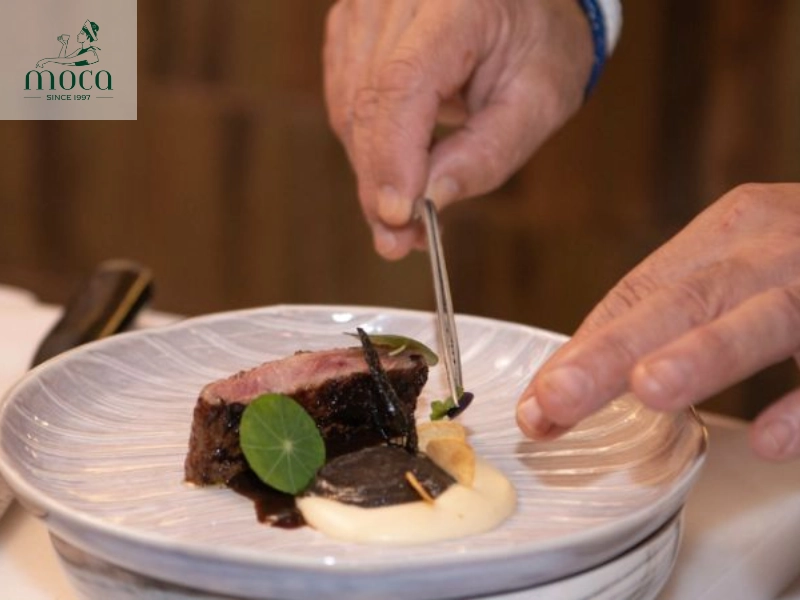
Michelin restaurant reviews are independent, reliable guides that help diners discover exceptional culinary experiences.
Learn more: How Restaurants Earn Michelin Stars: A Guide to Culinary Excellence
2. Key elements of a michelin restaurant review
Michelin restaurant reviews are characterized by several key elements that contribute to their authority and usefulness. These elements ensure a comprehensive and consistent evaluation of each restaurant, providing diners with valuable insights into what to expect.
- Concise and descriptive language: A hallmark of Michelin reviews is their clear, concise, and descriptive style. Inspectors use vivid language to evoke the flavors, textures, and aromas of the dishes, painting a picture for the reader. For example, instead of simply stating that a dish was "good," a Michelin review might describe it as having "a delicate balance of sweet and savory notes, with a melt-in-your-mouth texture that lingers on the palate." Phrases like "perfectly seared," "infused with aromatic herbs," or "a symphony of flavors" are commonly employed to convey the essence of the culinary experience. This descriptive approach helps readers understand the nuances of each dish and the chef's culinary vision.
- Focus on the food: The primary focus of any Michelin review is unequivocally on the quality of the food. Inspectors meticulously assess the ingredients, cooking techniques, flavor combinations, and presentation of each dish. The freshness and seasonality of ingredients are carefully considered, as is the chef's mastery of culinary techniques. Flavor pairings are evaluated for their harmony and complexity, and the presentation of the dish is assessed for its visual appeal and attention to detail. Ultimately, the Michelin review seeks to understand how the chef's creativity and personality are reflected in the cuisine.
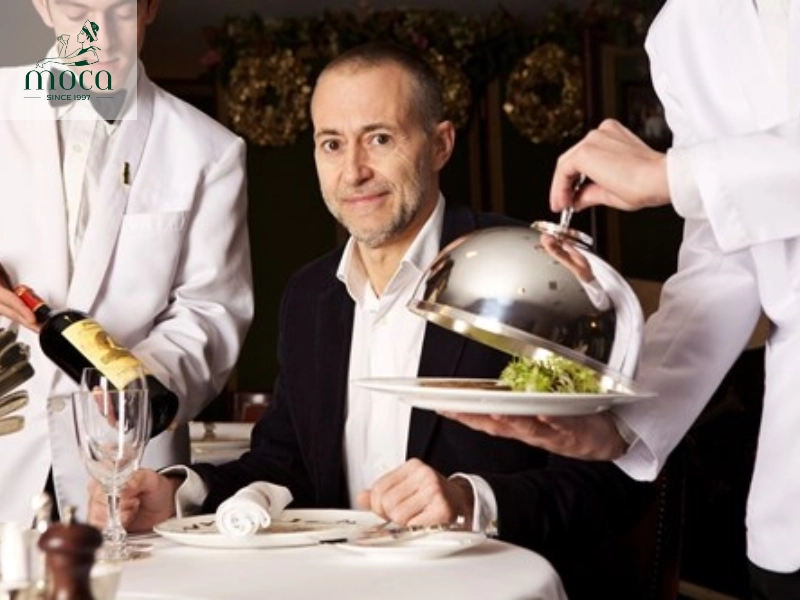
A Michelin inspector evaluates a dish, focusing on texture, flavor, and presentation, reflecting the essence of fine culinary art.
- Assessment of the overall dining experience: While the food is paramount, Michelin reviews also consider other aspects of the dining experience. Service, ambiance, and value for money all contribute to the overall impression and can influence the rating. Attentive and knowledgeable service enhances the dining experience, while a pleasant ambiance creates a welcoming and comfortable atmosphere. Value for money is assessed by considering the quality of the food and service in relation to the price. These elements, while secondary to the food, play a significant role in shaping the overall Michelin review.
- Impartial and objective tone: Michelin reviews are written in an impartial and objective tone, avoiding personal opinions or biases. Inspectors adhere to consistent criteria to ensure fairness and accuracy in their assessments. This objectivity is crucial to maintaining the credibility of the Michelin Guide and ensuring that restaurants are judged solely on their merits. The use of standardized criteria and a commitment to impartiality are cornerstones of the Michelin review process.
- Star rating (or other recognition): The culmination of the Michelin review is the assignment of a star rating or other form of recognition.
- One star: Signifies "A very good restaurant in its category."
- Two stars: Denotes "Excellent cooking, worth a detour."
- Three stars: Represents "Exceptional cuisine, worth a special journey."
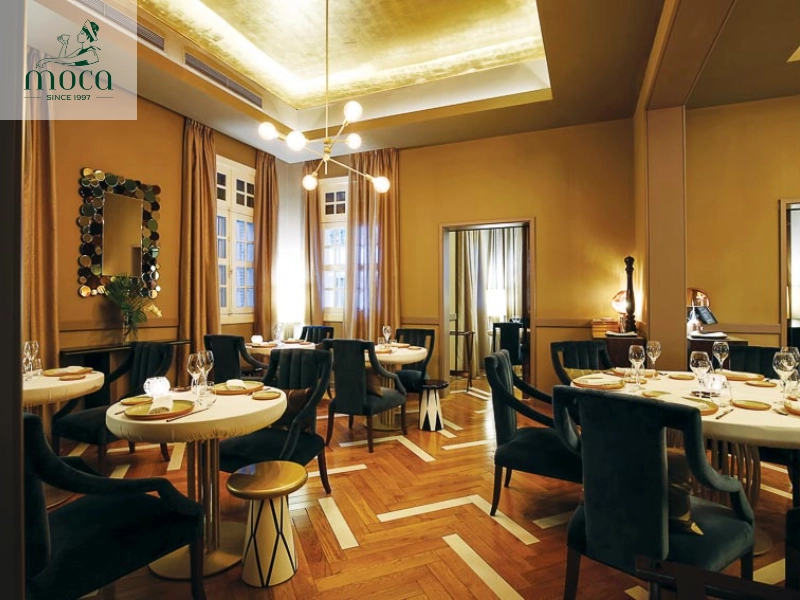
A Michelin-starred restaurant with a sophisticated atmosphere, impeccable service, and dishes that embody the art of fine dining.
In addition to stars, the Michelin Guide also awards other forms of recognition, such as the Bib Gourmand, which recognizes restaurants offering good quality food at moderate prices, and the Michelin Plate, which signifies restaurants with good food. These ratings reflect the overall quality and consistency of the restaurant, providing diners with a quick and easy way to identify establishments that meet their expectations. The Michelin star is a symbol of culinary excellence and a testament to the hard work and dedication of the chefs and staff.
Learn more: What is a Michelin Star? A Definitive Guide from the MICHELIN Guide
3. The impact of a michelin restaurant review
A Michelin restaurant review, particularly a positive one, can have a transformative impact on a restaurant and its surrounding community. The influence extends beyond mere recognition, shaping culinary trends and driving economic growth.
- Increased visibility and recognition: A favorable Michelin review acts as a powerful spotlight, dramatically increasing a restaurant's visibility and attracting a surge of new customers. The prestige associated with earning a Michelin Star is unparalleled. Restaurants bearing a Michelin Star often experience a significant increase in reservations, media attention, and overall brand recognition. This heightened visibility can translate into substantial revenue growth and long-term success. The Michelin Guide serves as a trusted source for discerning diners worldwide, and its recommendations carry considerable weight.
- Influence on culinary trends: Michelin reviews play a significant role in shaping culinary trends and inspiring chefs to push the boundaries of creativity. By highlighting innovative techniques, unique flavor combinations, and exceptional dining experiences, the Michelin Guide encourages chefs to strive for excellence and to experiment with new ideas. Furthermore, Michelin plays a crucial role in promoting regional cuisines and culinary traditions. By recognizing restaurants that showcase the unique flavors and ingredients of their region, the Michelin Guide helps to preserve culinary heritage and to introduce diners to new and exciting gastronomic experiences.
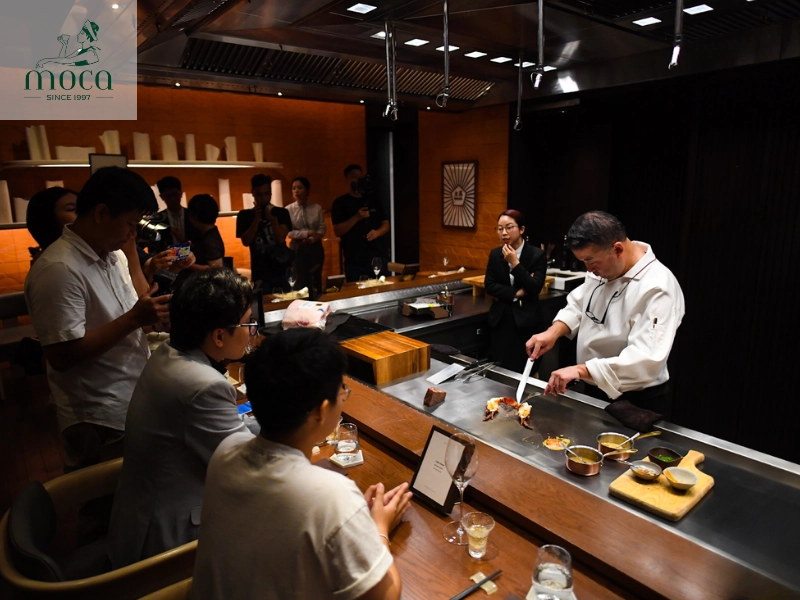
A Michelin-starred restaurant with a full dining room, reflecting the boost in visibility and customer interest.
- Economic impact: The economic impact of Michelin reviews can be substantial, extending beyond the individual restaurant to benefit the surrounding community. Restaurants that earn a Michelin Star often attract increased tourism, leading to higher hotel occupancy rates, increased spending in local businesses, and job creation. The Michelin Guide can serve as a catalyst for economic growth, transforming entire regions into culinary destinations. The presence of Michelin-starred restaurants can also enhance the reputation of a city or region, attracting investment and further boosting economic activity.
- Pressure and expectations: While earning a Michelin Star is a tremendous achievement, it also comes with significant pressure and expectations. Restaurants must maintain consistently high standards in all aspects of their operation, from the quality of the food to the attentiveness of the service. The challenge of consistently delivering an exceptional dining experience can be demanding, requiring unwavering dedication and attention to detail. Restaurants that fail to meet these expectations risk losing their Michelin Star, which can have a devastating impact on their business. The pursuit of culinary excellence is a continuous journey, and maintaining a Michelin Star requires ongoing commitment and innovation.
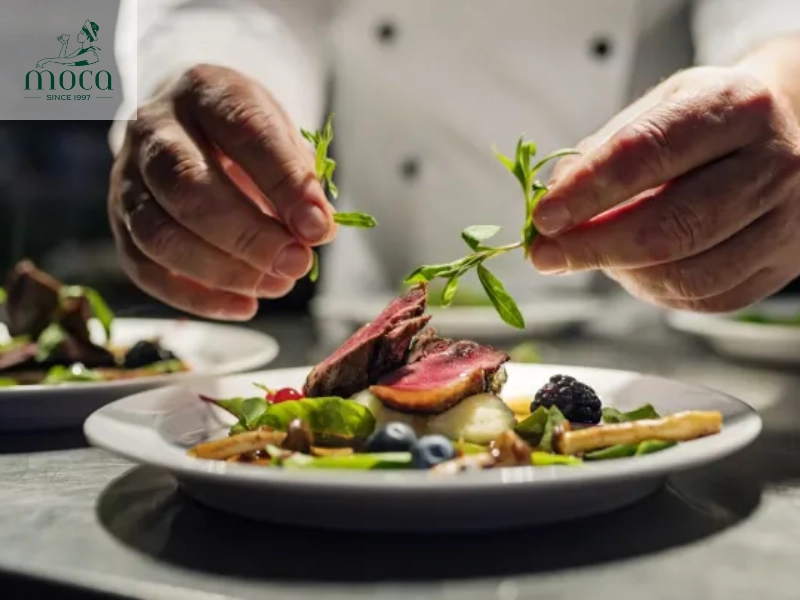
A chef creating innovative dishes, inspired by Michelin reviews to push culinary boundaries.
4. Examples of Michelin restaurant reviews
To illustrate the key elements of a Michelin restaurant review in practice, let's examine a few examples and analyze what makes them effective.
Example 1: A One-Star Restaurant
- "Le Jardin offers a delightful culinary experience, showcasing the freshest seasonal ingredients in elegantly composed dishes. The pan-seared scallops were perfectly caramelized, with a tender, yielding texture and a delicate sweetness that was enhanced by a vibrant citrus vinaigrette. While the service was attentive and the ambiance pleasant, the overall experience lacked the 'wow' factor that would merit a higher rating. However, Le Jardin remains a very good restaurant in its category, offering a refined and enjoyable dining experience."
- This example highlights the concise and descriptive language used in Michelin reviews. It focuses on the quality of the ingredients and cooking techniques, praising the scallops for their flavor and texture. It also acknowledges the positive aspects of the service and ambiance but notes the absence of an element that would elevate it to a two-star rating.
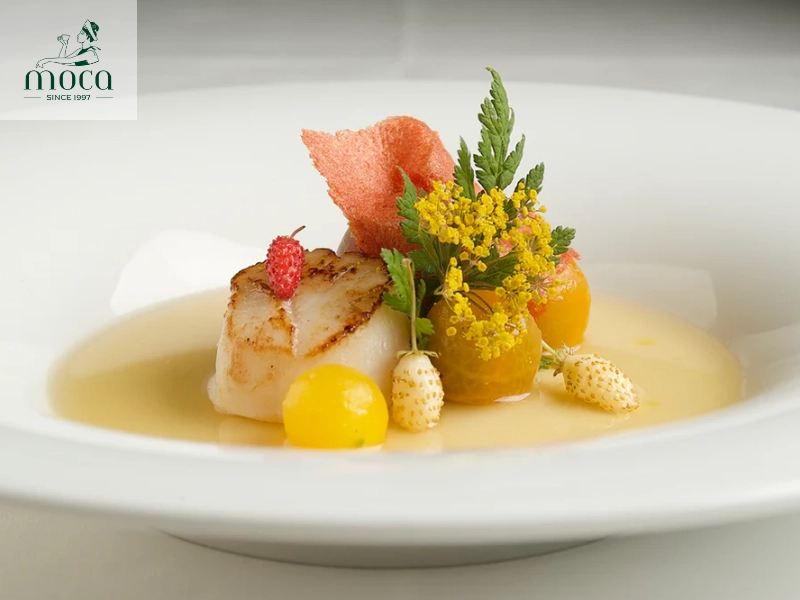
Perfectly caramelized scallops showcasing fresh ingredients and refined technique.
Example 2: A Three-Star Restaurant
- "L'Atelier is a culinary masterpiece, a testament to the chef's unparalleled skill and creativity. Each dish is a work of art, meticulously crafted with the finest ingredients and presented with impeccable attention to detail. The tasting menu is a journey of discovery, a symphony of flavors and textures that tantalize the senses. The service is seamless and intuitive, anticipating every need. L'Atelier is not merely a restaurant; it is an experience that transcends the ordinary, a destination worth a special journey."
- This review emphasizes the exceptional quality of the cuisine, highlighting the chef's skill and creativity. It uses vivid language to describe the sensory experience of the tasting menu and praises the impeccable service. The review clearly conveys the sense that L'Atelier is an extraordinary restaurant, deserving of its three-star rating.
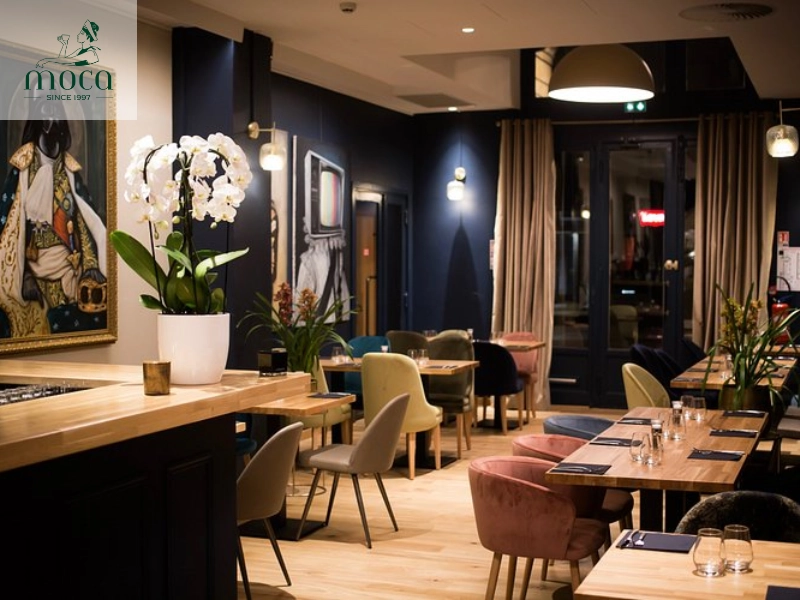
Impeccable service in a luxurious, refined setting, elevating the exceptional dining experience.
By comparing these hypothetical examples, we can identify the factors that differentiate restaurants with different star ratings. Three-star restaurants typically demonstrate a higher level of culinary artistry, using exceptional ingredients and showcasing innovative techniques. The service is also more refined and personalized. One-star restaurants, while still very good, may lack the same level of innovation or refinement.
Based on these examples and the principles outlined earlier, we can infer that Michelin inspectors look for the following:
- Exceptional quality of ingredients
- Mastery of cooking techniques
- Creative and innovative flavor combinations
- Attention to detail in presentation
- Consistent quality across all dishes
- Attentive and knowledgeable service
- Pleasant and comfortable ambiance
- A unique and memorable dining experience
These examples provide a glimpse into the world of Michelin restaurant reviews, illustrating the key elements and descriptive language that characterize these assessments. By understanding what Michelin inspectors look for, restaurants can strive to elevate their dining experiences and potentially earn the coveted Michelin Star.
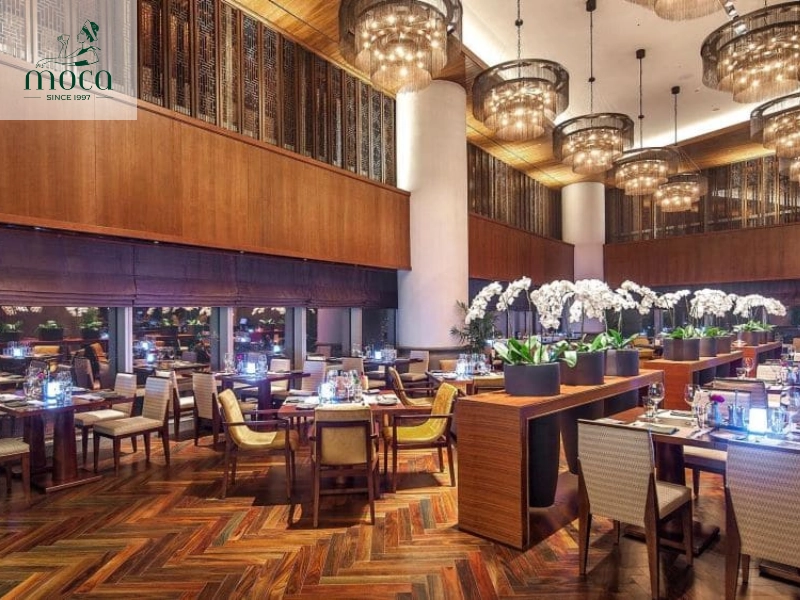
A Michelin-starred restaurant showcasing exceptional ingredients, creative techniques, and an unforgettable dining experience.
5. Criticisms and controversies surrounding Michelin restaurant reviews
While the Michelin Guide holds significant prestige and influence, Michelin restaurant reviews are not without their critics and controversies. It's important to acknowledge these concerns to provide a balanced perspective on the Michelin system.
- Perceived biases: One common criticism is the perception of bias in Michelin reviews. Some critics argue that the Michelin Guide historically favored French cuisine and classic techniques, potentially overlooking innovative or culturally diverse culinary styles. While the Michelin Guide has made efforts to expand its scope and embrace a wider range of cuisines, these perceptions of bias persist in some circles.
- Lack of transparency: Another point of contention is the lack of transparency in the Michelin review process. The identities of Michelin inspectors are closely guarded, and the specific criteria used to evaluate restaurants are not always explicitly defined. This lack of transparency can lead to speculation and accusations of inconsistency or unfairness. While the Michelin Guide maintains that its process is rigorous and objective, the lack of transparency remains a concern for some.
- Focus on fine dining: The Michelin Guide has also been criticized for its perceived focus on fine dining establishments, often overlooking more casual or affordable restaurants. While the introduction of the Bib Gourmand category has addressed this concern to some extent, some critics argue that the Michelin Guide still disproportionately favors high-end restaurants, potentially neglecting the diverse culinary landscape.
- Ongoing debate about relevance: In the modern culinary landscape, there is an ongoing debate about the relevance and influence of Michelin. Some argue that the Michelin Guide is out of touch with contemporary dining trends, while others maintain that it remains a valuable resource for discerning diners seeking exceptional culinary experiences. The rise of social media and online review platforms has also challenged the Michelin Guide's traditional role as the primary authority on restaurant quality.
Despite these criticisms, the Michelin Guide continues to be a significant force in the culinary world. Its restaurant reviews remain highly influential, and its Michelin Stars are coveted accolades. However, it is important to acknowledge the criticisms and controversies surrounding the Michelin Guide to gain a more complete understanding of its role in the modern culinary landscape.
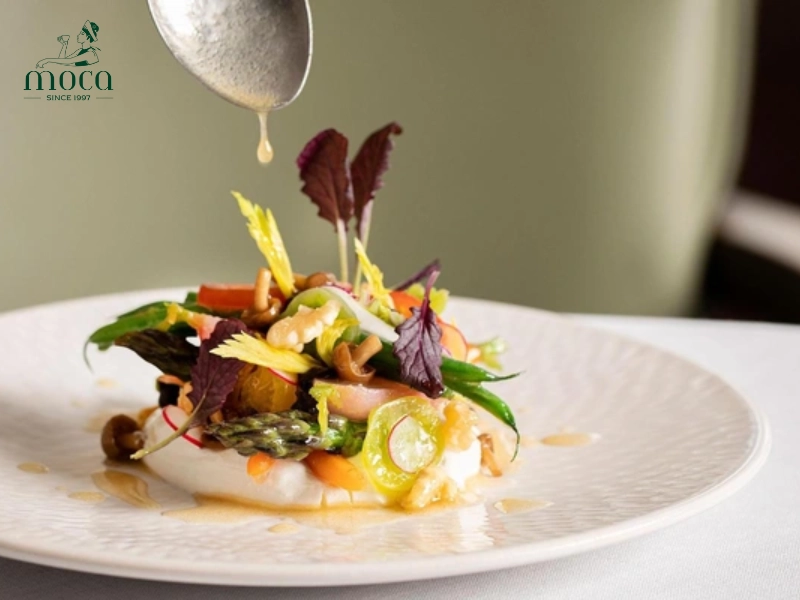
A Michelin fine dining restaurant, reflecting the focus on high-end experiences.
In conclusion, Michelin restaurant reviews offer a trusted guide to culinary excellence. By focusing on food quality and the overall dining experience, these reviews help diners discover exceptional restaurants worldwide. Despite some criticism, the Michelin Guide continues to shape culinary trends and celebrate chefs’ dedication and artistry. Explore Michelin-starred spots and experience the world of fine dining.
If you're looking for more reviews on 2 Michelin stars restaurants, don't hesitate to check out Moca Dining for more insights!
For reservations and more information, simply visit Moca Dining’s official website or contact us directly. We're here to make your dining experience truly memorable.
Contact details
Moca Dining
16 Nha Tho, Hang Trong Ward, Hoan Kiem District, Hanoi
Tel: 0819961997 | 08.1997.2023
